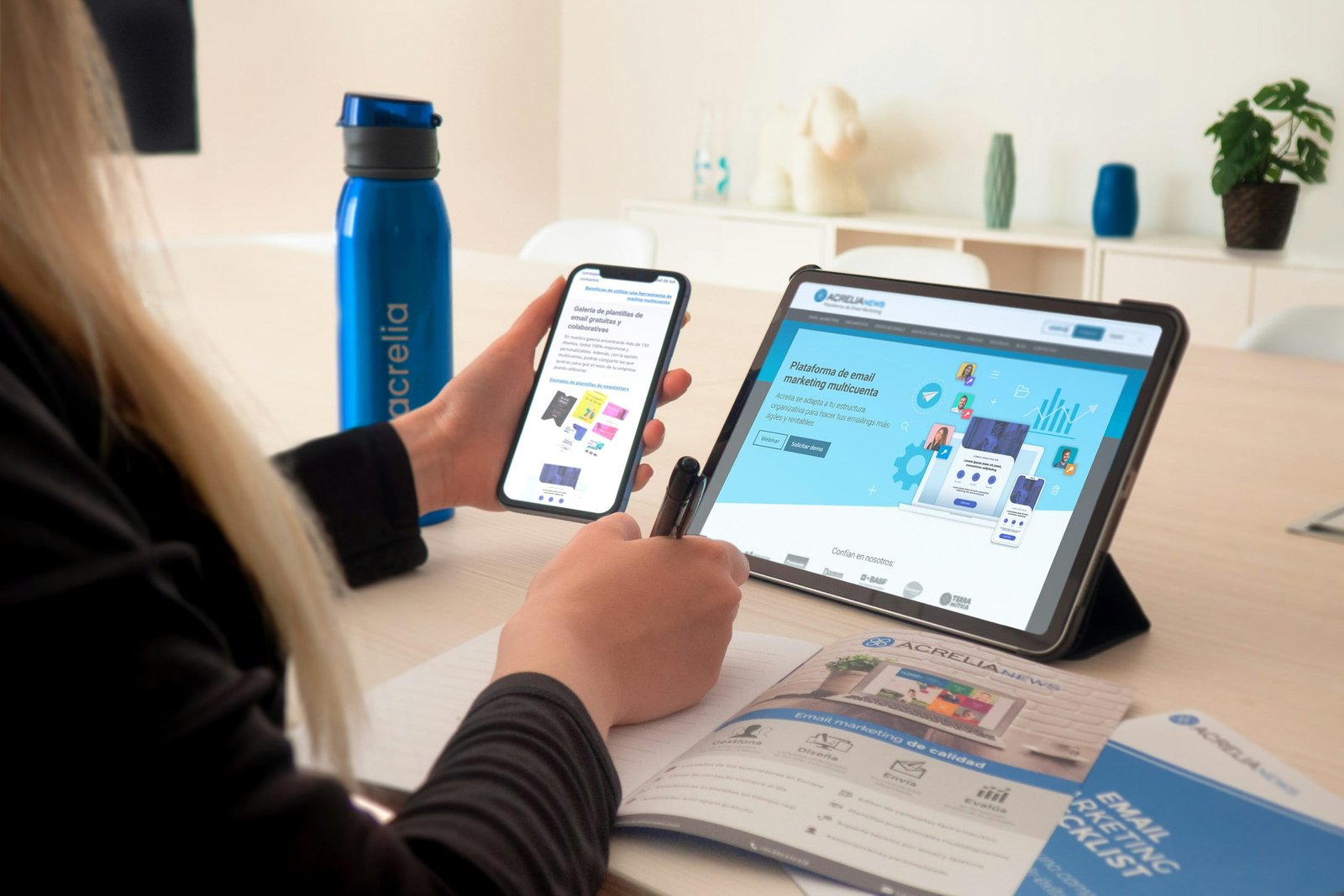C
rafting compelling email content is crucial in capturing the attention of your audience and encouraging them to take action. Start by understanding your target audience and their needs, and tailor your content to resonate with them. Use a clear and concise writing style, and include engaging visuals to enhance your message. Personalise your emails by addressing recipients by their name and incorporating dynamic content that is relevant to their interests. Lastly, don’t forget to include a strong call-to-action that prompts recipients to click, purchase, or engage further.
Segmenting your email list for targeted campaigns
Segmenting your email list allows you to divide your subscribers into specific groups based on their characteristics, preferences, or behaviour. This enables you to create targeted campaigns that are more relevant and personalised for each segment. Start by analysing your subscriber data to identify commonalities or patterns. You can segment your list based on demographics, purchase history, engagement level, or any other relevant criteria. Once you have your segments defined, you can craft tailored messages that address their specific needs, pain points, or interests. This approach increases the likelihood of engagement and conversion, as recipients feel that the content is tailored to their individual needs.
Utilising A/B testing for optimization
A/B testing, also known as split testing, is a powerful technique to optimise your email campaigns. It involves creating two or more variations of an email and sending them to different segments of your audience. By comparing the performance of each variation, you can determine which elements or strategies are more effective in achieving your goals. Some elements you can test include subject lines, call-to-action buttons, email design, images, and content placement. Make sure to test only one variable at a time to accurately measure its impact. Analyse the results of your A/B tests and use the insights to refine your email campaigns for better engagement and conversion.
Analysing key metrics to measure success
To measure the success of your email campaigns, it’s important to analyse key metrics that indicate engagement and conversion. Some common metrics to consider include open rate, click-through rate, conversion rate, unsubscribe rate, and revenue generated. By tracking these metrics, you can assess the effectiveness of your campaigns and identify areas for improvement. For example, a low open rate may indicate that your subject lines need improvement, while a low click-through rate may suggest that your content or call-to-action is not compelling enough. Regularly monitoring and analysing these metrics will help you make data-driven decisions to optimise your campaigns and achieve better results.
Implementing automation for efficiency
Automation is a key feature of Mailchimp that can greatly enhance the efficiency of your email campaigns. With automation, you can set up predefined workflows and triggers that automatically send targeted emails based on specific conditions or actions. For example, you can create a welcome email series for new subscribers, a re-engagement campaign for inactive subscribers, or a post-purchase follow-up sequence. By automating these processes, you save time and ensure that the right message reaches the right person at the right time. Additionally, automation allows you to nurture leads, build customer loyalty, and improve overall engagement with your audience




